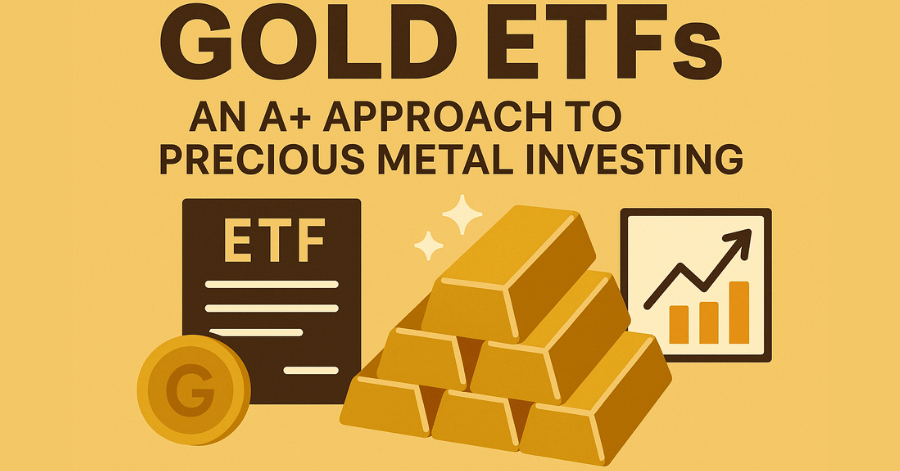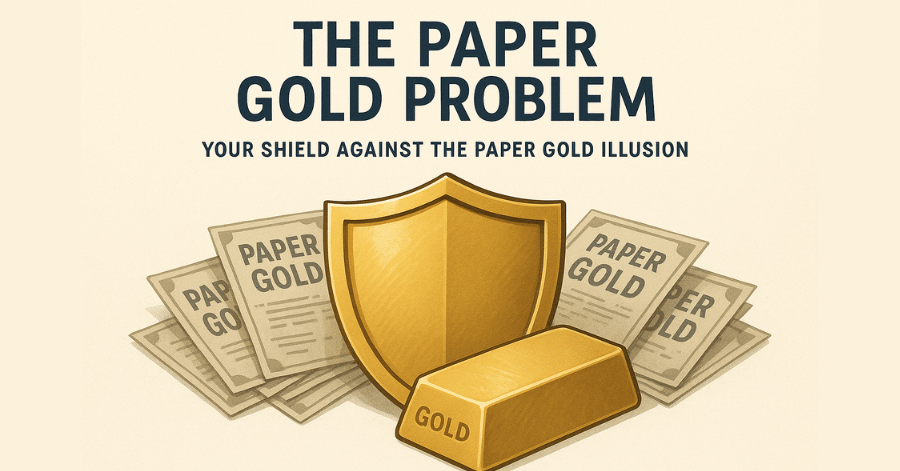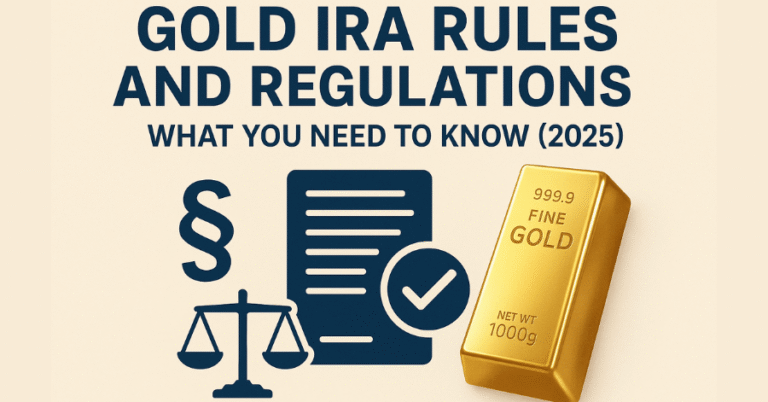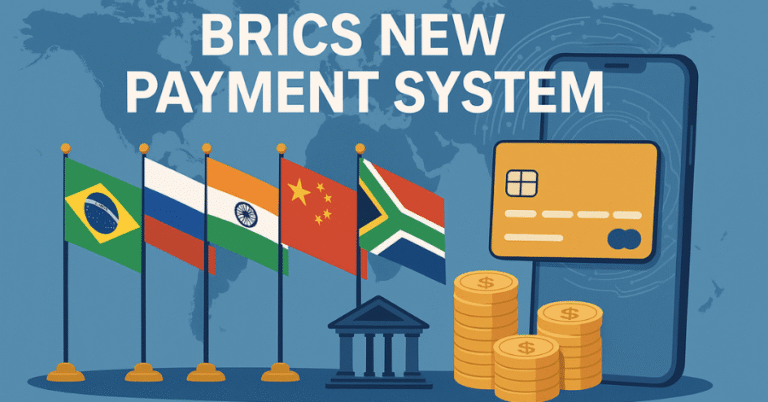Key Takeaways: Your Shield Against the Paper Gold Illusion
- Paper vs. Physical: Paper gold (like ETFs, futures, and certificates) is a promise to pay you, usually in cash, based on the price of gold. Physical gold is a tangible asset you possess, free from the promises of any counterparty.
- The Leverage Risk: The paper gold market is a financial pyramid. For every one ounce of real, physical gold held in the vaults of exchanges like COMEX, there can be 100 or more paper claims on it.
- Counterparty Risk: Your paper gold investment is a claim on a third party—a bank, a fund, or an exchange. It is only as good as that institution’s solvency. If they fail, your “gold” could vanish.
- The Cash Settlement Clause: Buried in the fine print of most paper gold products is a critical clause: in a crisis, they can settle your contract in cash, not gold. This means you could be handed depreciating dollars precisely when you need the security of real metal.
- The Only Solution: The only way to be completely immune to the “Paper Gold Problem” is through the direct, allocated ownership of physical gold, held in your possession or in a secure, segregated depository account.
 Read Our Article About: Gold ETFs: A+ Precious Metal Investing
Read Our Article About: Gold ETFs: A+ Precious Metal Investing
Is Your Investment Real?
The world is changing. As the tectonic plates of global economic power shift, headlined by the looming ‘Rio Reset,’ millions of investors are making a flight to the historical safety of gold. In this rush for security, many are unknowingly buying into a fragile system of “paper gold” that may not offer the protection they desperately seek when it is needed most. This raises a critical question for every American with a stake in the market: In a true financial crisis, will your gold investment deliver a solid bar of metal or a handful of devalued paper currency?
The stable economic environment of the past made the risks of paper gold feel theoretical. But in the volatile, high-stakes environment of 2025, those risks are becoming tangible and immediate. The  ‘Rio Reset‘—a potential BRICS-led challenge to the U.S. dollar’s global dominance—is the catalyst that makes understanding the “Paper Gold Problem” a critical and urgent issue for every investor today. This guide will expose the critical structural flaws of the paper gold market and explain why direct, physical ownership is the only true form of financial insurance in these uncertain times.
‘Rio Reset‘—a potential BRICS-led challenge to the U.S. dollar’s global dominance—is the catalyst that makes understanding the “Paper Gold Problem” a critical and urgent issue for every investor today. This guide will expose the critical structural flaws of the paper gold market and explain why direct, physical ownership is the only true form of financial insurance in these uncertain times.
Defining the Two Worlds of Gold: Possession vs. Promise
To understand the risks, one must first understand the fundamental difference between owning gold and owning a gold-related financial product. They are not the same.
Physical Gold: The Asset of Last Resort
Physical gold refers to ![]() tangible bullion in the form of coins or bars that you, the owner, hold directly or have stored in a professional, allocated, and segregated vault. “Allocated” means specific bars are legally titled in your name, and “segregated” means they are stored separately from all other assets. This is the gold of monarchs and central banks. Its value is inherent in the metal itself, and its key attribute is the complete absence of counterparty risk. If you hold it, no financial institution’s failure can take it away from you.
tangible bullion in the form of coins or bars that you, the owner, hold directly or have stored in a professional, allocated, and segregated vault. “Allocated” means specific bars are legally titled in your name, and “segregated” means they are stored separately from all other assets. This is the gold of monarchs and central banks. Its value is inherent in the metal itself, and its key attribute is the complete absence of counterparty risk. If you hold it, no financial institution’s failure can take it away from you.
Paper Gold: A Web of Financial Instruments
Paper gold encompasses any financial instrument that gives you exposure to the gold price without granting you direct ownership of the physical metal. It is a derivative—its value is derived from the price of gold, but it is not gold itself. Common examples include:
- Gold Exchange-Traded Funds (ETFs): Products like the SPDR Gold Shares (GLD) and iShares Gold Trust (IAU) are popular and trade like stocks. However, investors own shares in a trust, not the gold itself. As made clear in their prospectuses, only a select group of “Authorized Participants” (large financial institutions) can redeem shares for physical gold, and even then, only in massive 400-ounce bar increments. The average investor can only sell their shares for cash.
- Gold Futures Contracts: These are agreements to buy or sell gold at a future date on exchanges like the COMEX. While theoretically deliverable, data from the exchange shows that less than 1% of these contracts are ever settled with physical metal. The vast majority are closed out or settled in cash.
- Gold Certificates & Unallocated Accounts: A gold certificate is a piece of paper stating you own a certain amount of gold. An “unallocated” gold account, often offered by banks, means you are an unsecured creditor. The bank owes you gold, but it does not have specific bars set aside for you. Your “gold” is part of a general pool that the bank can lease, lend, or use for its own purposes, a practice known as rehypothecation.
The Heart of the Problem: How One Real Ounce Becomes 100 Paper Promises
The core of the “Paper Gold Problem” is a dangerous level of leverage. The futures markets and the unallocated bullion banking system have built an inverted pyramid on a tiny base of physical gold. This is achieved through a practice called rehypothecation, where banks use assets (like gold) posted as collateral by their clients for their own trading and lending activities, effectively creating multiple claims on the same single ounce of gold.
The Great Leverage Machine: Paper vs. Physical
(Interactive Widget )
This 100-to-1 ratio, a commonly cited estimate for the paper-to-physical leverage in the gold market, highlights the systemic risk. In stable times, this system provides liquidity and allows for easy trading. But it is a house of cards. When confidence evaporates, and everyone rushes for the exit, the holders of paper promises will find there are not enough chairs to go around when the music stops.
The Crisis Scenario: When the Promise Breaks
Imagine a plausible crisis scenario in the volatile landscape of 2025. The ‘Rio Reset’ gains traction, leading to a sharp, sudden devaluation of the U.S. dollar. Fear grips the market, and investors, logically, want the safety of real gold.
A “run on gold” begins. A significant number of investors in gold ETFs and futures contracts decide they don’t want the cash value of their holdings; they want the physical metal they believed they owned. They try to redeem their shares and contracts for bullion.
The Paper Gold Problem Exposure
This is where the system fractures. The fund and exchange operators are faced with a dilemma: there simply is not enough physical gold available to satisfy the redemption requests from a tsunami of paper claimants. This triggers the most dangerous, and least understood, clause in the fine print of their prospectuses.
The “Cash Settlement” Escape Hatch
Buried within the legalese of prospectuses for products like GLD and IAU is language that gives the issuer the right to settle contracts in cash if they are unable, for whatever reason, to source the physical metal. Unfortunately, this seemingly technical provision has real-world consequences. As documented in the aftermath of the 2008 financial crisis and in various fund liquidations, when push comes to shove, these escape clauses allow the house to effectively change the rules.
The Paper Gold Problem Crisis
In a major crisis, this clause becomes their escape hatch and the investor’s trap. You, the investor who bought paper gold as insurance, would not receive a safe-haven asset. Instead, you would be handed a cash settlement in the very currency that is plummeting in value—the exact catastrophe you were trying to protect yourself against. Your “gold” investment would fail its only true test. Authoritative reports from institutions like the Bank for International Settlements (BIS) have repeatedly warned about the settlement risks inherent in global commodity markets, but these warnings are too often ignored by those seeking easy exposure to gold.
Frequently Asked Questions (FAQ)
Q: Do Gold ETFs like GLD really have physical gold? A: Yes, the trusts hold large amounts of physical gold in allocated vaults. However, the critical distinction is that you do not own the gold. You own shares in the trust. Only Authorized Participants can exchange those shares for physical metal, and only in very large quantities. Retail investors can only sell their shares for cash on the stock market.
Q: What is an ‘unallocated’ gold account? A: An unallocated account is essentially an IOU from a bank. The bank owes you a certain amount of gold, but it is not segregated in your name. You are an unsecured creditor, and the bank can use the pool of gold for its own purposes (lending, leasing). In a bank failure, you would be in line with all other unsecured creditors, and may not get your gold back.
Q: Can I take delivery of gold from my ETF or futures contract? A: For the vast majority of investors, the answer is no. With ETFs, you can only sell your shares for cash. With COMEX futures, while a delivery mechanism exists, official data shows that an extremely small fraction—often less than 1%—of contracts are actually settled with physical delivery. The system is designed for financial settlement, not physical fulfillment for the masses.
Q: Is rehypothecation legal? A: Yes. Rehypothecation is a standard, legal practice in the financial industry. The risk is not in its legality but rather in its consequences. Specifically, it creates a highly leveraged system where multiple parties believe they own the same underlying asset**—essentially creating** a situation that is tenable only as long as confidence remains high and widespread demands for delivery are not made.
The Only Real Solution to the Paper Gold Problem
Paper gold is a powerful and efficient tool for short-term traders and speculators operating within a stable financial system. But for the prudent investor seeking to preserve wealth and insure against a true systemic crisis—the very reason most people buy gold—it reveals itself as a promise that can, and likely will, be broken.
In a world rocked by the instability of the ‘Rio Reset’ and the ever-present threat of currency devaluation and financial contagion, the distinction between a promise and a possession is everything. The only way to be 100% immune to counterparty risk, settlement failure, rehypothecation, and the entire “Paper Gold Problem” is through the direct, allocated ownership of physical bullion.
However, when you hold a gold coin in your hand or have specific, segregated bars stored in a secure vault in your name, you are outside the fragile paper system. Your wealth is no longer a promise from a financial institution; it is a tangible reality under your control.
To ensure the gold you buy is real, tangible, and truly yours, the only answer is holding physical precious metals. Explore a Gold IRA with Birch Gold Group to secure your wealth with an asset you truly own. By converting a portion of your retirement savings into physical gold and silver, you can build a formidable defense against the very real and growing risks of the paper money system. Sources








2 Comments